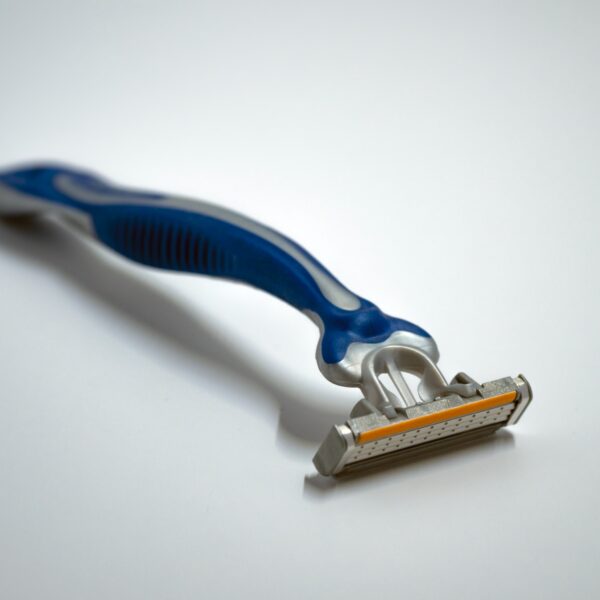In human brains, multiple regions are involved in the elicitation of sexual desire, arousal and orgasm. Studies based on lesion data suggest that the initial phase of libido is mediated by subcortical limbic structures.
Different parts of the brain are activated when we see something sexually attractive, such as a low-cut dress or biceps muscle. These trigger signals that can speed up your heart rate and blood flow to the genitals.
The Cerebral Cortex
A number of cortical areas are involved in the conscious processing of sexual stimuli. These include the insula, orbitofrontal cortex (OFC), dorsal anterior cingulate cortex (dACC) and prefrontal cortex. In these regions, implicit sensory cues are evaluated as sexually salient and compared to past experiences, prompting an elicited motivational state. The resulting signals are then integrated by limbic forebrain structures including the hypothalamus, amygdala, hippocampus and nuclei of the septal region to initiate typical autonomic responses, such as increased heart rate and blood flow to the genitals.
When stimulated, these regions also activate a neurotransmitter called dopamine, which gives you that feel-good feeling you experience during sexual arousal and ejaculation. As a result, the hypothalamus releases oxytocin, the hormone associated with bonding and maternal care. In men, the hypothalamus is 2.5 times larger than in women, perhaps explaining why they feel a stronger urge to mate.
A 2005 study that used positron emission tomography scans showed that stimulating the erect penis of male participants caused them to orgasm, and increased blood flow in brain regions associated with emotional processing, such as the insula, secondary somatosensory cortex and right amygdala. It also reduced activity in the ventral striatum, hypothalamus, and inferial parietal lobe. In addition, sex drive was positively associated with MOR availability in the striatum and cingulum, as well as with voxel-wise grey matter density in the cingulate cortex.
The Hypothalamus
The thalamus, often referred to as a “sensory clearing house,” serves to funnel inputs from brain regions involved in senses like vision and hearing. These signals are then passed to the hypothalamus, which acts as a gateway between nervous and endocrine systems. Neurons in the hypothalamus produce and secrete neurotransmitters, including dopamine (for movement), norepinephrine (to increase alertness), serotonin (for emotion) and acetylcholine (to communicate with other neurons). They also release several neurohormones that alter anterior pituitary gland function and two hormones, vasopressin and oxytocin, that act on distant target organs.
The brain can initiate sex drives by sending signals to the occipital lobe when you see something arousing, like a low-cut dress or a guy wearing a T-shirt that marks his biceps. These nerves then send their message to other areas of the brain, including the medial preoptic area and nucleus accumbens, which are both associated with sexual responses. These nerves stimulate the hypothalamus to produce more neurotransmitters and oxytocin, which in turn lead to an increase in blood flow to the penis.
Despite the myth of a single brain region controlling sexual response, research has demonstrated that control is distributed across multiple areas of the central nervous system, from centers in the hindbrain that regulate basic bodily functions to the cerebral cortex where higher thought occurs. Interestingly, lesions of certain brain regions can cause specific behavioral changes such as loss of the ability to have an erection.
The Nucleus Accumbens
Several areas of the brain are involved in the control of sexual drive, including the hypothalamus and the nucleus accumbens. This mesolimbic dopamine system is important in both pathological behaviors (like drug addiction) and normal motivated behaviors (like sexual behavior). The ventral tegmental area (VTA) sends dopaminergic projection neurons to the nucleus accumbens, which can be stimulated with drugs that increase levels of this neurotransmitter. The VTA also sends projections to GABAergic medium spiny neurons in the olfactory tubercle and the nucleus accumbens core.
Studies have found that when sex-related environmental cues are present, these mesolimbic dopamine systems become activated. This is due to the release of DA by the VTA in response to sexual stimuli. This dopamine then binds to DA receptors in the NAc core and shell. The NAc core sends projections to classic basal ganglia output structures such as the globus pallidus and the substantia nigra, which are involved in motivational and reward functions.
The cortical structures, especially the parietal lobes, control genital sensation and motor aspects of sexual response. These brain regions then help progress sexual arousal to the final phase, orgasm. These brain regions are also responsible for the euphoric feelings associated with love and sexual desire. These three phases are mediated by different neural pathways, which is why lesion studies of these key brain regions can reveal the underlying processes that are associated with each.
The Frontal Lobe
The frontal lobe is the brain’s most important area for sexual behavior. It receives signals relayed from the hippocampus, amygdala, and striatum through the ventromedial, suprachiasmatic, infundibular, and ventral premammillary nuclei. These nuclei send axons to the lateral premammillary area (LMA), which processes serotonin and carries sexual motivation and other behavioral signals to the periaqueductal gray, where they are transmitted to the motor-related areas. Stimulation of these regions can lead to orgasm in men.
The inferior surface of the frontal lobe is traversed by four orbital gyri that are separated from one another by sulci. The most anterior orbital gyrus is the rectus gyrus, followed by the superior frontal gyrus and then the middle frontal gyrus. The cingulate cortex lies posteriorly to the precentral and anterior frontal gyri.
The frontal lobe is also responsible for your personality and deciding what interests you. Neuroscientist Kaja Nordengen has shown that when people have damage to this part of the brain, their personalities change dramatically. They may be more suspicious or argumentative, less interested in other people’s problems or opinions, and they might even show fewer signs of empathy or emotion. For example, a patient with frontal lobe damage who had experienced an emotional trauma displayed a diminished interest in sex, and she showed a lack of empathy towards her friends.




Leave a Comment